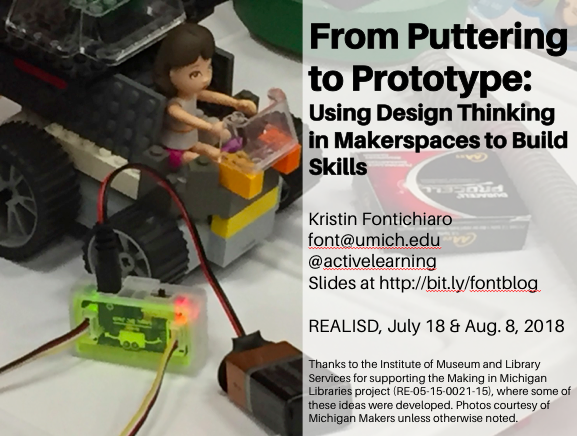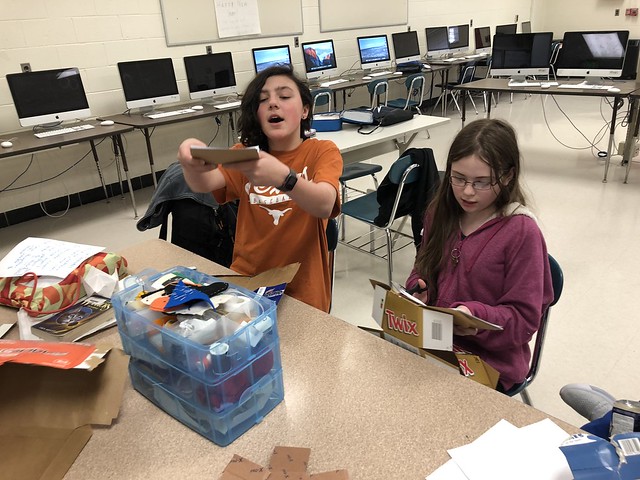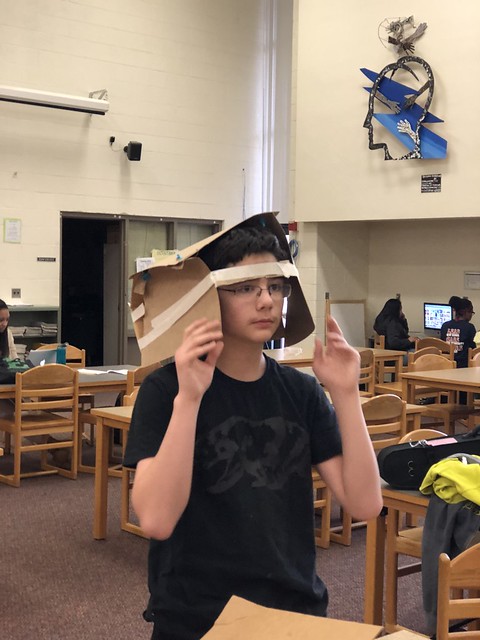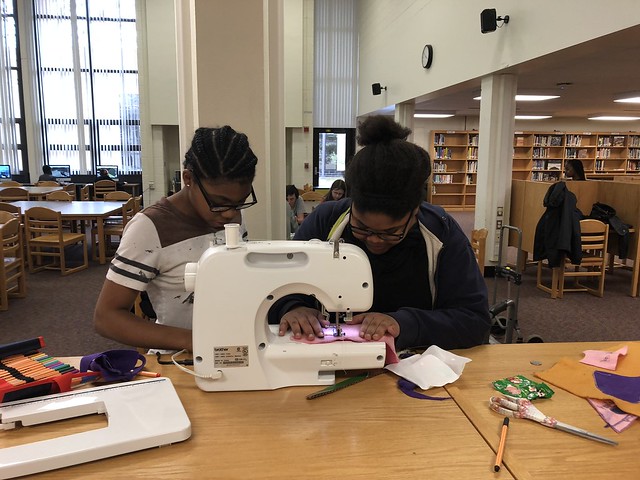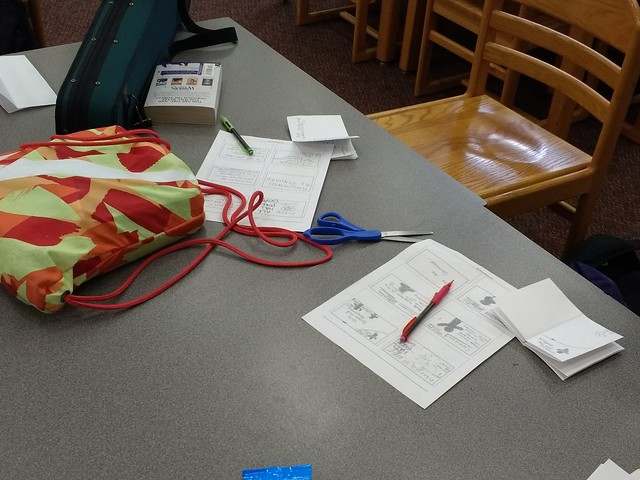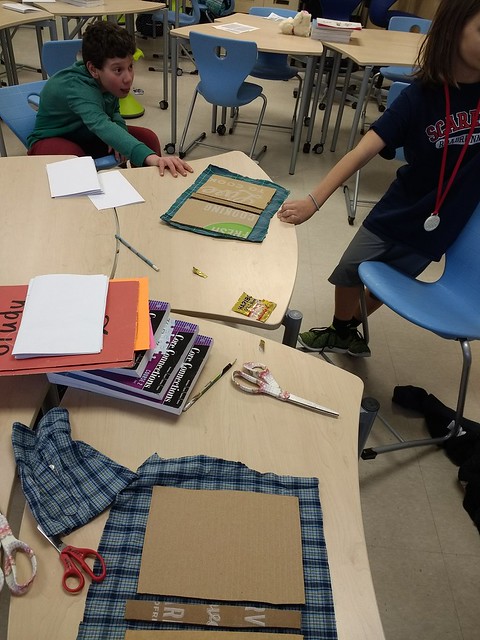We were excited to see a flurry of local interest in the Niles District Library’s Skillshare space and Library of Things. Check out the summary below or enjoy the full article here!
Library workshop series offers skill sharing
by Kelsey Hammon, Niles Daily Star
Monday, August 27, 2018
NILES — It is not always cost effective or timely to wait for a repair man to show up and mend that cracked drywall or wayward appliance.
Thanks to the efforts of the Niles District Library, those looking to spare their wallet and learn to be handier around their home can gain the tools during a new workshop series called SkillShare.
How it works
For the past month, volunteers have been lending their skills to locals, teaching them how to do everything from household repair and maintenance to skills in the kitchen. The workshops are free and open to the public and people are welcome to make suggestions for workshops via the library’s Facebook page.
Those without a diverse toolbox need not shy away from this workshop series. Part of SkillShare is also offering participants a whole tool closet, called the Library of Things. Here, people can check out and return the tools needed to complete a project.
Laura Hollister, the adult services team leader, who was among those with a vision for SkillShare, saw it as a way to help her community garner new skills while saving on resources they might not have.
“Instead of spending $30 on drywall mix to fix two screw holes, spend $3 on a little bit of spackle and you check out the drywall kit,” Hollister said. “We are trying to provide the tools to go along with the information.”
Those who visit the space can also experiment with their own Do It Yourself project during Open Shop, which takes place 5 to 7 p.m. Tuesdays and 10 a.m. to 1 p.m. Saturdays.
An example for other communities
The idea garnered not only a response from the community, but also the University of Michigan. The partnership helped to transform a portion of the library’s basement into a thriving workshop space.
Kristin Fontichiaro, a clinical assistant professor at the University of Michigan School of Information, first took an interest in the project about 11 months ago. Fontichiaro had visited the library to host a workshop of her own, when she struck up a conversation with Hollister about the vision for SkillShare.
“We were really captivated by the scope and the scale of what Laura was trying to share with SkillShare,” Fontichiaro said.
Through the partnership, Fontichiaro said the university donated about $1,000 in funding and some of the tools residents can find in the Library of Things.
To help, Fontichiaro said the university served as a “peer and thinking partner,” while those involved also studied how the Niles District Library got the project off the ground. Now, SkillShare in Niles will serve as an example for other communities, Fontichiaro said.
On Friday, university students shot a commercial at the Niles District Library and captured the project. The footage will debut in a couple of weeks and be used on the university’s social media platforms and YouTube.
“It was exciting and humbling to have them identify us as an example of what they are trying to help communities accomplish,” Hollister said. “It was exciting for them to be able to be in place where the community was so active in this space. This is not an example of us doing something for the community. It’s an example of us doing something with the community.”
Hollister welcomed people to contact the library and teach a workshop or make a suggestion for something they would like to learn. People are also asked to donate their unused tools or decorations for the Library of Things.
Without community support, Hollister said SkillShare would not exist. Volunteers’ desire to teach classes and the community’s donation of tools are aspects that will help to keep it going and making it a success.
Additionally, SkillShare is part of a larger transformation to utilize the basement space of the library. In the future, Hollister said the library hopes to have adult education classes and even a café and vocational training space in the downstairs space.
As for the overall goal of SkillShare, Fontichiaro said she could see it serving the community.
“Laura thinks about not just what any library could do, but what Niles District Library can do for the community of Niles,” Fontichiaro said. “She’s being very intentional about using this thing to solve real challenges that Niles citizens face every day.”
